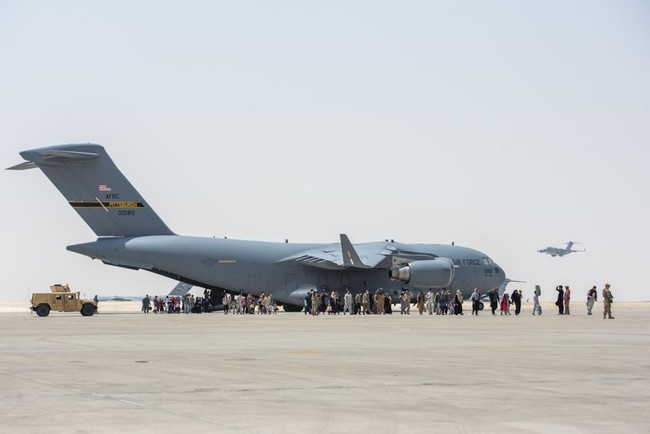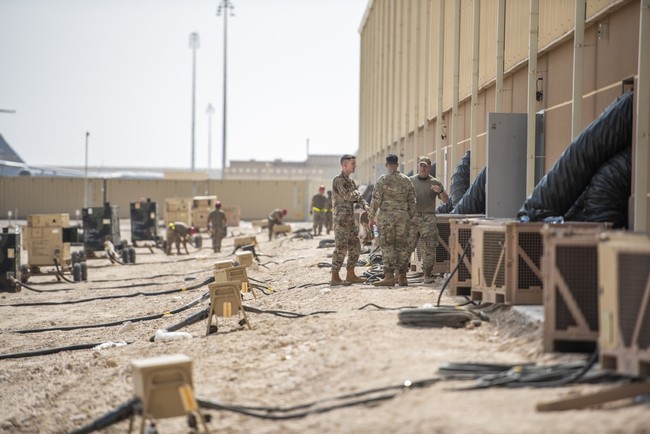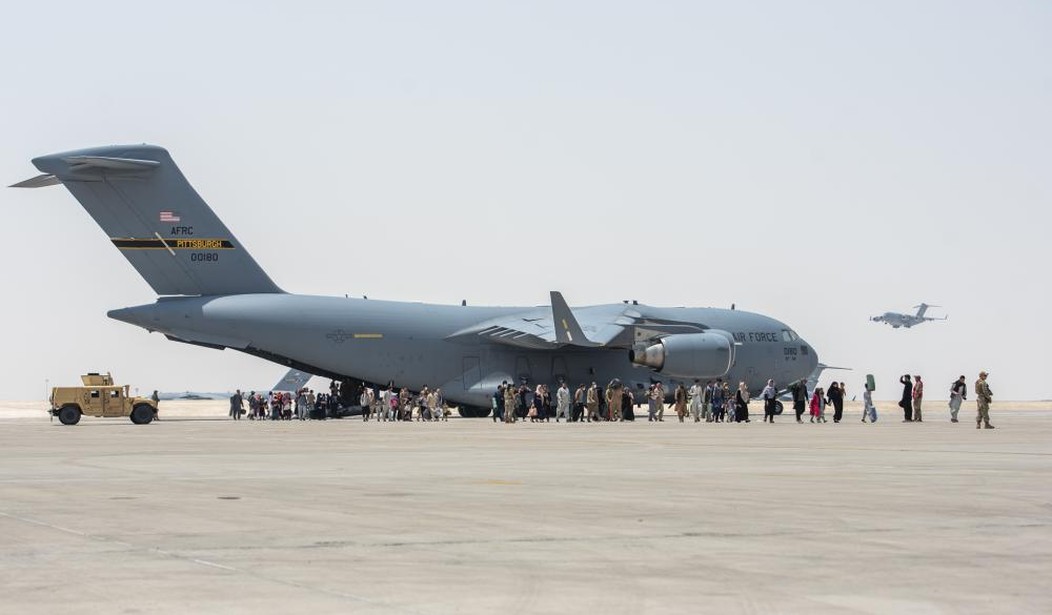Back in a previous life I was on active duty in the U.S. Air Force.
I had a non-combat role that could, if things really ever got pear-shaped, turn into a combat role while our forces were getting the you-know-what out of Dodge. It could also involve deployments into humanitarian missions that could and have turned into combat, such as Somalia. We were trained on weapons and gas masks and so forth. But it was a non-combat role, as is most of the Air Force.
I was an enlisted broadcast specialist, meaning, I was part of DoD’s command information structure. The role put me in the information chain, at a base and regional level (Tokyo, in my case, U.S. Forces Japan and the Pacific region including the 7th Fleet), and also gave me a cross-section view of the entire military that even generals seldom get. I could work with the Navy on an aircraft carrier one day, meet with an Army general the next, and be out in the field with Marines a day later learning how to operate their shoulder-fired missile systems.
In case you’re wondering, yes, the Marine gunny in charge yelled at me a lot, and then yes, they treated me well and I got to fire their missile system as part of on-the-job training (OJT). That part of the job was not bad at all. I didn’t even mind the yelling, to be honest. The gunny was so hilarious in his abuse that I struggled not to laugh out loud. He had quite the profane wit.
DoD’s command information structure has changed quite a bit since I was in, but it’s still very much alive and well. Where it used to be mostly broadcast radio and TV newscasts, along with in-house produced ads, it now has the Defense Visual Information Distribution Service, or DVIDS. Think of DVIDS as the Pentagon’s version of the AP or another news wire service (complete with its own copyright disclosure and notice). It’s full of military imagery and video that’s not available anywhere else. It’s captured and sorted by active duty or reserve military personnel and DoD civilians. Some of it is quite good. DoD’s broadcast and photography training are strong. I went through and graduated from the Defense Information School (DINFOS) after graduating from Basic Training. Combat Camera is also quite good, the people who do that work are extremely brave, and that’s whose work is mostly showcased on DVIDS.
DVIDS is providing copious imagery and video from Afghanistan now and from bases associated with the evacuation from Kabul. As you might expect, since this is command information and not news reporting, the imagery casts the military and its personnel in the most positive light. That’s not a scandal or anything, it’s what DVIDS is built to do. It’s public relations.
The photos include captions indicating what’s going on, when, and who took the photos. Here’s an example.

I truncated the caption for our system. The full caption at DVIDS says:
A C-17 Globemaster lll lands on the runway as qualified evacuees debark a C-17 Globemaster lll Aug. 23, 2021, at Al Udeid Air Base, Qatar. The DoD is committed to supporting the U.S. State Department in the departure of U.S. and allied civilian personnel from Afghanistan, and to evacuate Afghan allies to safety.
Here’s another with the full caption included.

Note the second sentence: “The Department of Defense is committed to supporting the U.S. State Department in the departure of U.S. and allied civilian personnel from Afghanistan, and to evacuate Afghan allies to safety.” It’s in every caption. It’s the official line from the Pentagon and would have been approved by DoD’s Public Affairs — John Kirby may have had a hand in drafting it, but he certainly approved it — to accompany every image and video coming out of that theater of operations.
It clearly says the State Department is driving the operation and DoD is merely providing support.
Afghanistan is a war zone. Which federal department is supposed to take the lead in war zones?
Based on remarks given by Gen. Mark Milley last week, the State Department has been in the driver’s seat for months, probably since Joe Biden took office, on what to do with Afghanistan. Secretary of State Antony Blinken is charge, then. State’s demands, which come from Biden, are then confining military operations. The military is in a box. The Pentagon may or may not have objected to that, but that’s what is happening. DoD is not in charge. That’s the command information the Pentagon is choosing to send anyone who logs onto DVIDS.









